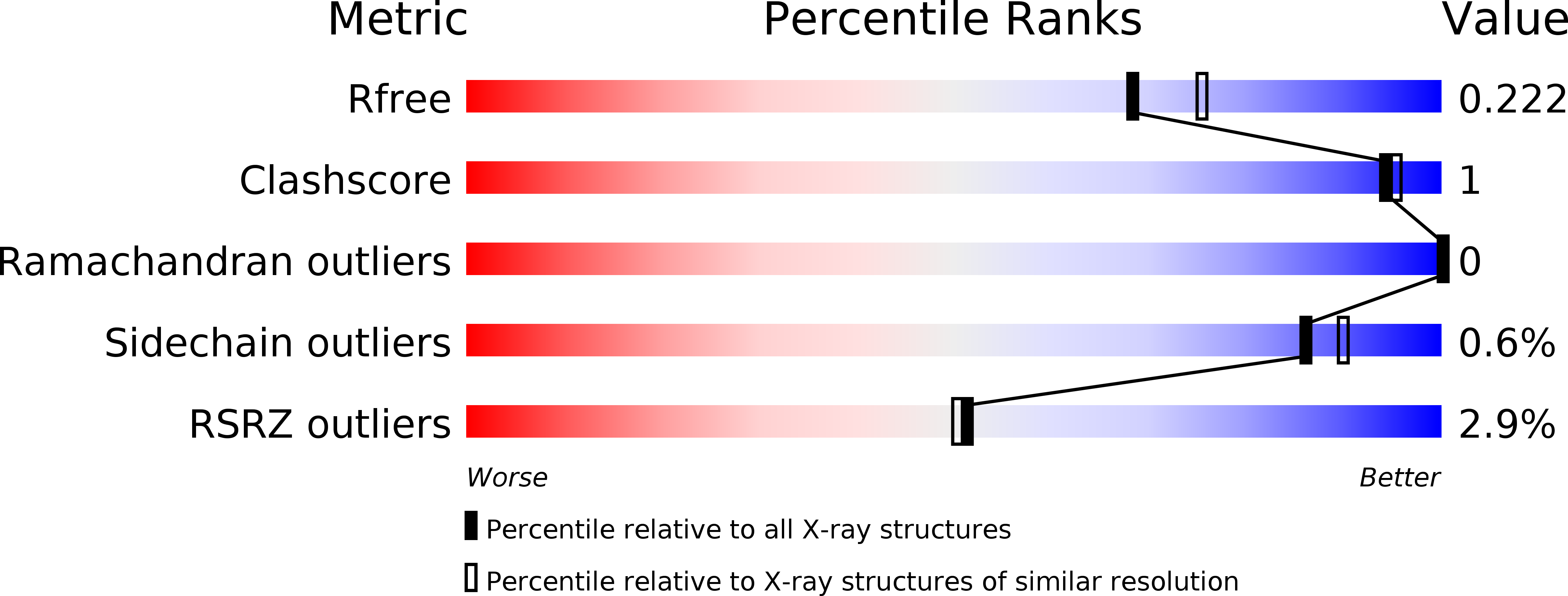
Deposition Date
2015-04-20
Release Date
2015-09-09
Last Version Date
2023-09-27
Entry Detail
PDB ID:
4ZEX
Keywords:
Title:
Crystal structure of PfHAD1 in complex with glyceraldehyde-3-phosphate
Biological Source:
Source Organism:
Plasmodium falciparum (isolate 3D7) (Taxon ID: 36329)
Host Organism:
Method Details:
Experimental Method:
Resolution:
2.00 Å
R-Value Free:
0.22
R-Value Work:
0.17
R-Value Observed:
0.17
Space Group:
P 1 21 1


